
Why Do Super Old Characters Physically Resemble Children?
[ranking: 1]
There are a surprising number of anime characters who don't look their age. While it's not always as drastic as a 40-year-old woman who looks like a young girl (sorry, Kinue), more mild examples can still be jarring. While this trope appears frequently in anime, there's no established explanation for it.
In some cases, the choice may be somewhat insidious. If a super young looking character is really an old person, it's less morally reprehensible sexualize them. Even if your eyes signal that something is predatory, official canon can step in and say "no, really, this character is an adult." Otherwise, it might just help to differentiate one character from another, and sometimes the discontinuity is explained in the plot.
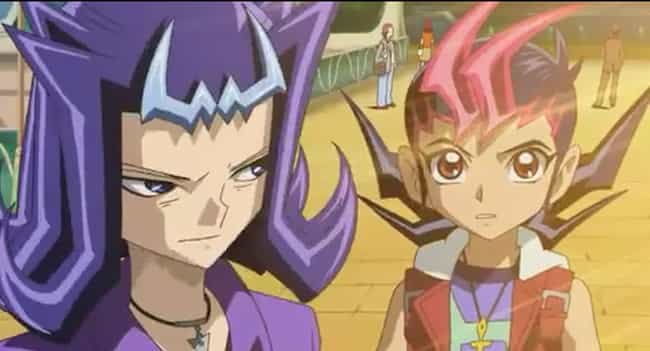
What's With All The Weird Hairstyles?
[ranking: 2]
Some of the weirdest hairstyles ever conceived are featured in anime, and it can be baffling for both non-fans and those who are well-versed in the style. The reason why some character's hair resembles a robotic crab hood ornament all comes down to marketing.
When characters have bizarre hair, it creates a silhouette that distinguishes them from others in the series, and it also helps make the franchise instantly recognizable. This makes it easier to create merchandise, and solidifies brand recognition.

Why Do Anime Dudes Have So Many Nosebleeds?
[ranking: 3]
In real life, people get nosebleeds for reasons that include dry air, allergies, and other causes that have nothing to do with being turned on. In anime, nosebleeds have a more lustful cause, as they're a visual stand-in for a feeling of arousal. This isn't completely illogical, as arousal does involve increased blood flow, just not to the nose.
However, strict Japanese censorship laws make it hard for anime characters to talk openly about feeling aroused, so anime studios get their point across via fountains of hemoglobin.
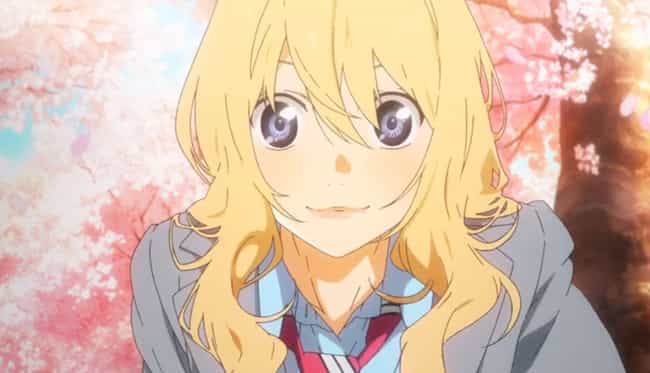
Why Don't The Japanese Characters Look Japanese?
[ranking: 4]
One question non-fans often ask is why anime characters don't look Japanese. First of all, the characters often appear inhuman, since no ethnicity has sparkling purple eyes that take up half their faces. Even in anime with more realistic styles, it's not unusual to find characters with blue and green eyes or blonde and brown hair, even though most Japanese people don't exhibit these traits.
In Japan, Japanese people are the majority, so there's no need to use visual signifiers to show a Japanese character's ethnicity. Instead, artists prioritize making their characters look unique and interesting by using whatever features they choose. When a character is meant to be part of another ethnic group, the animators usually try to make them visually distinct. In the wrong hands, these efforts can be kind of racist, like when black characters are drawn with abnormally large lips.
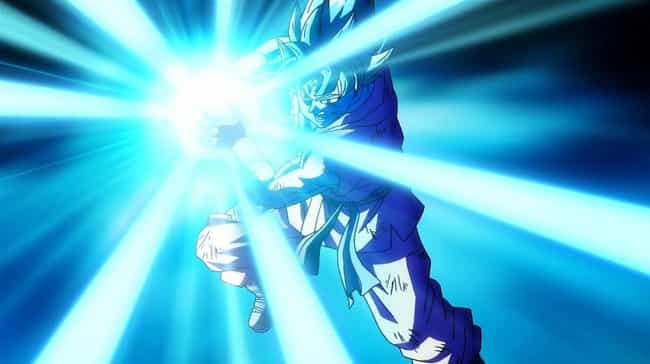
Why Do Characters Always Scream Their Names And Moves?
[ranking: 5]
If you've seen Dragon Ball Z, Naruto, or basically any anime that involves fight scenes, then you've heard characters loudly announcing their moves. This happens so often that most anime fans don't even question it, but for non-fans, it can be a little strange. This oddity is actually a byproduct of adapting manga series into anime. When depicted in static, written form, it can be hard to tell who is attacking who, so shouted moves make it way easier to follow the action. This isn't as necessary in anime, but the tradition carried over anyway.
Characters also repeatedly announce their names, as well as the names of the people around them, to the point where it can seem absurd. This actually goes back to samurai culture, which emphasized individual, honorable battles. If one's opponent was renound, defeating them yielded more honor, so knowing exactly who you were fighting made a huge difference.
For this reason, duels often began with the duelists announcing themselves, and that tradition is lovingly recreated in many anime.
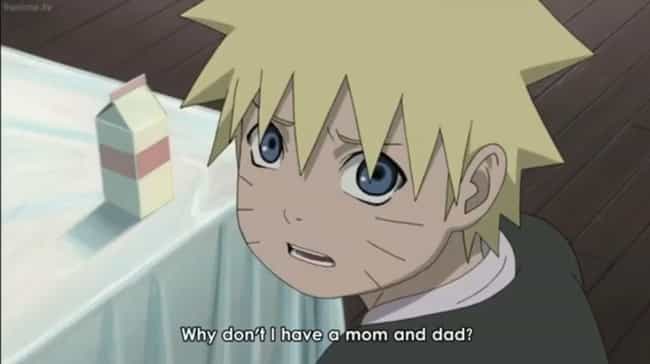
What's With All The Absentee Parents?
[ranking: 6]
While orphaned kids are par for the course in Western media, anime handles the issue in a unique way that can seem baffling to those who aren't used to it. In anime, underage characters often live totally alone. One popular explanation is that their parents are dead. Even more common are characters whose parents are alive, but who live on their own anyway. This is usually explained by the parents getting a job far from home, or the kid attending a school in a neighboring town. While this does happen in Japan, it's not nearly as common as anime leads one to believe.
In real life, Japanese bureaucracy makes it pretty hard for new parents to actually adopt orphaned children, and kids with no parents typically live in orphanages or with relatives, not by themselves. However, this trope is fantastic for smoothing out plot holes, since normal parental limits can get in the way of fighting giant monsters or starting love nests with groups of alien cat girls.
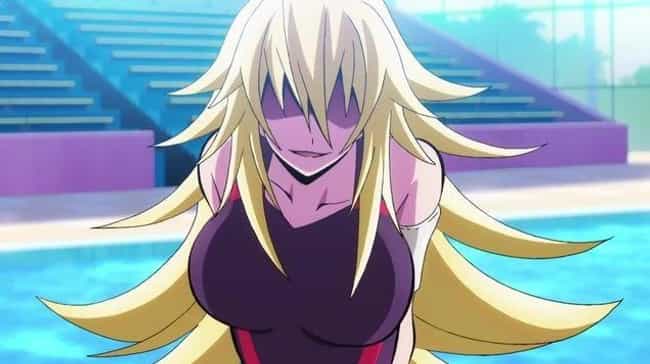
Why Do Characters Have Such Huge Breasts?
[ranking: 7]
Anime characters often have unrealistically huge breasts, and for some reason, non-anime fans feel the need to question this. The reasoning is pretty simple: sex sells, and anime studios want to keep viewers interested.
However, breasts weren't always considered attractive in Japan. Prior to the 1940s, the focus was on their biological purpose, I.E. feeding babies. Things changed when World War II brought Japan into contact with the USA, a nation that was just starting to seriously sexualize breasts. The idea caught on, and now enormous boobs are a staple of fan service anime.
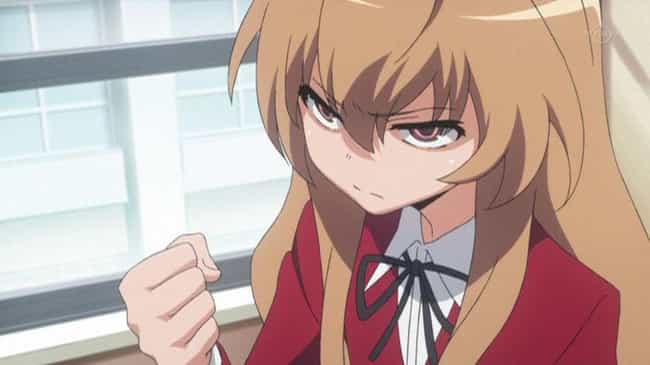
Why Is That Anime Lady Being So Rude?
[ranking: 8]
Impolite characters exist in every medium, but anime features a unique form of rude femme, the tsundere. Tsunderes are girls and women who treat others with indifference, disdain, or even cruelty. They're typically shown being physically violent, though that violence is often exaggerated for comedic effect, and doesn't usually cause lasting damage. However, the tsundere has a softer side that comes out when she's around her loved ones. She might make the boy she likes lunch, while claiming that she's not doing it because she likes him. Instead, she'll say that he's too dumb to do it himself.
This trope is common in anime because fans can't get enough of it. According to psychologist and anime fan Yoshihito Nait??, tsunderes are appealing because they start off with a baseline of negative behavior, but improve over time. This create the illusion of progress, which is more psychologically validating than watching a character whose personality is static from start to finish.
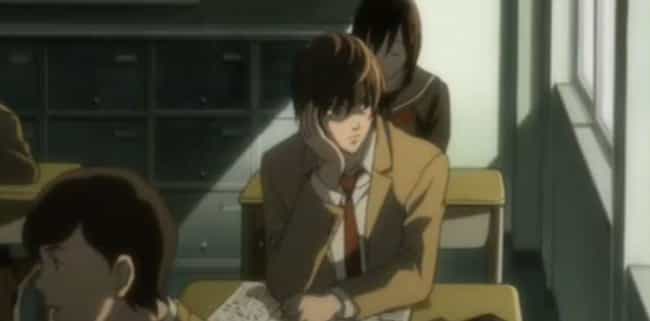
Why Does The Protagonist Always Sit By The Window?
[ranking: 9]
If an anime character is sitting in class, and their seat is in a back corner by a window, that probably means that they're the protagonist. Non-anime fans who notice this quirk might be a little baffled, since typically it's in a story's best interest to put the hero front and center. The reason for placing them in a more unobtrusive position is actually pretty simple: it makes the animation studio's job easier.
If the protagonist is in a back corner, there's no need to draw the whole class, just the wall and the few students next to them.
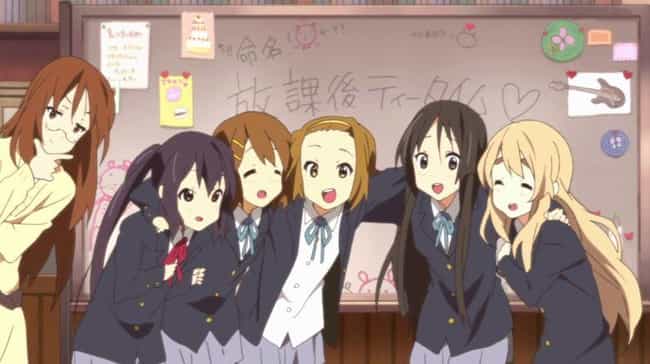
Why Are So Many Anime About Clubs?
[ranking: 10]
For non-anime fans who aren't from Japan, the emphasis on afterschool clubs might seem a little weird. While extracurricular clubs certainly exist in other countries, they're not always a central aspect of high school life. In Japan, afterschool clubs, also known as bukatsu, are as big a commitment as a part-time job.
Though students are free to choose what kind of club they belong to, avoiding the club experience altogether is a difficult process that often requires meetings and paperwork. Club activities can extend into summer vacation, keeping students busy year-round. Since they're such a major part of most Japanese students' lives, it's only natural that they play a major role in Japanese media.
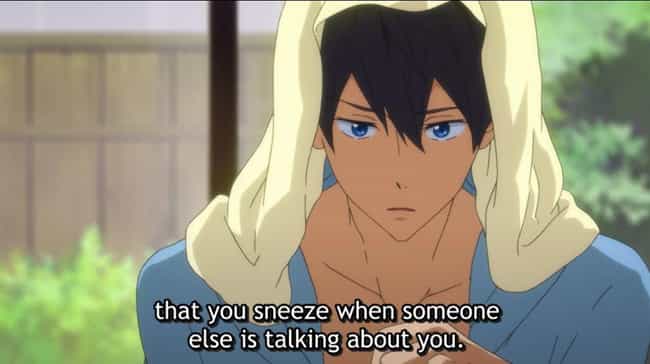
Why Do Anime Characters Sneeze When People Are Talking About Them?
[ranking: 11]
If you've ever seen an anime that suddenly cuts away to another character sneezing, you may have been confused. After all, it's not like a sneeze can further the plot or develop the characters, and it often seems like it's taking time away from a scene wherein people are discussing something important.
Japanese superstition states that when someone sneezes, it's a signal that someone else is talking about them. Sometimes, when two characters are gossiping about an individual, the show will cut to that person to underscore the point. If the person sneezes once, it means what's being said is complimentary, but if they sneeze twice, then it's a little more critical.
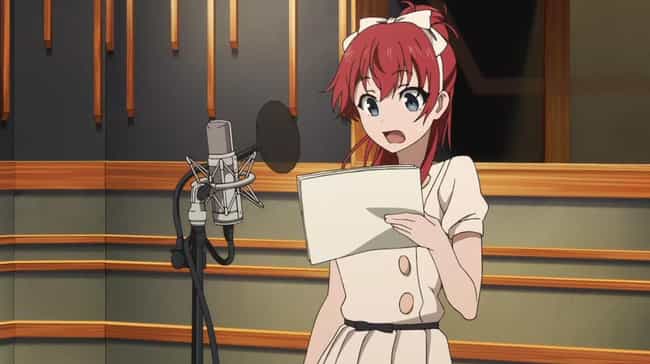
Why Do All The Characters Sound The Same?
[ranking: 12]
There are two reasons why it can sometimes be hard to distinguish between anime characters based on voice alone. The first is that, for English-speaking viewers who enjoy subbed anime, it's harder to pick up nuances in an unfamiliar language. Sure, it's possible to notice the differences between high and low voices, but it's much more difficult to pick up on the unique dialect of say, the Nagoya dialect and the Miyazaki dialect.
The second reason is that a lot characters actually do sound similar. Anime voice actors play numerous roles across all genres. Hiroshi Kamiya, for example, has lent his voice to close to 100 different characters. As for dubbed anime, it's rare to find a show that Vic Mignogna doesn't appear in. Of course, professional actors can vary how they sound depending on the project, but some similarity is inevitable.
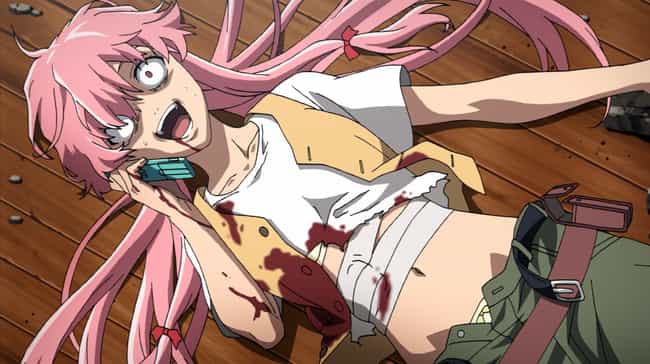
Why Isn't All Anime Appropriate For Kids?
[ranking: 13]
In the Western world, people tend to associate animation with children's entertainment. While most Western cartoons are created with kids in mind, the same cannot be said for Japanese series. While there's plenty of anime that's aimed at children, a lot of series are created specifically for teenagers and adults.
If you're looking for something to show your kid, make sure to take note of the content first. Depending on the genre, anime can include sex, violence, and other content that probably isn't appropriate for little kids. Just because Akira stars a bunch of psychic children doesn't mean that real-life youths should enjoy it.
New Random Display Show all by ranking(14 items)









